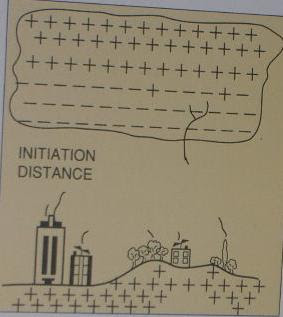
Hybrid car, is the latest technology with the latter discussed in the crowded automotive world. Called hybrids, because the car uses two types of energy sources, namely gasoline and electricity. To be used, a car must meet certain requirements. First, it should be through a distance of at least 300 miles, or 482 km before the energy filled again, so not making drivers. Second, the fuel must be done quickly and easily. Third, it must be just as quick with another vehicle on the road so it does not obstruct traffic.
Cars of fuel gas that we use can now meet all the requirements, but generate excessive pollution. Meanwhile, a car equipped with electricity, causing almost no pollution at all, but can only travel a maximum distance of 50 km each time you refill. In addition, the contents charging is very slow and not easy. Hybrid car combines the benefits of both.
The world has long dream of environmentally friendly cars. Namely, that the car free of carbon emissions so that does not aggravate global warming. This dream changed to a later urgent need because the price of fuel meroket. During the emission of carbon-free technologies, such as car fuel of hydrogen, alcohol, or still need time to develop, this is the hybrid car may be the most widely marketed because it does not require new infrastructure.
With hybrid technology, a car engine works with gasoline diperkecil because he can not work alone. Energy needed to run the car can also be obtained from the electric motor that is in it. Hybrid cars are also designed in such a way so that it can work with minimal energy as possible. Car engine that automatically make more small cars overall weight also become more lightweight. This makes the car requires less energy when climbing climb. Car body model is also designed with the aerodynamics so that friction with the air can be reduced. Thus, the use of fuel can also be diminished.
With so many sophisticated technologies, does not wonder if the price is quite expensive hybrid cars. If it be thought strange-thinking as well, to save fuel costs, we even have to pay more to buy a hybrid car. To that must also have capital!
Pocket while we have not been able to purchase this modern technology, there are ways of driving to save fuel, even with a normal car once was. For example, with a slower race. Friction car with air increased sharply as we accelerate the pace car. This makes the car so wasteful of gas.
Go with a fixed speed are also more fuel sparingly. Why? Because every time we accelerate the pace car, we use energy, and when we memperlambatnya again, we use more energy. By repeatedly accelerate and slow the car, we use twice the energy than if we go with a fixed speed.
One more important is, do not stop suddenly. When we suddenly stop, brake hard work to absorb the instantaneous speed of the car and change it into heat which is then removed. Futile neglect of energy that is not necessary.
Hybrid or not, to reduce air pollution and save energy can we do now. Everything depends on our willingness and attitudes daily.
.jpg)













.jpg)





